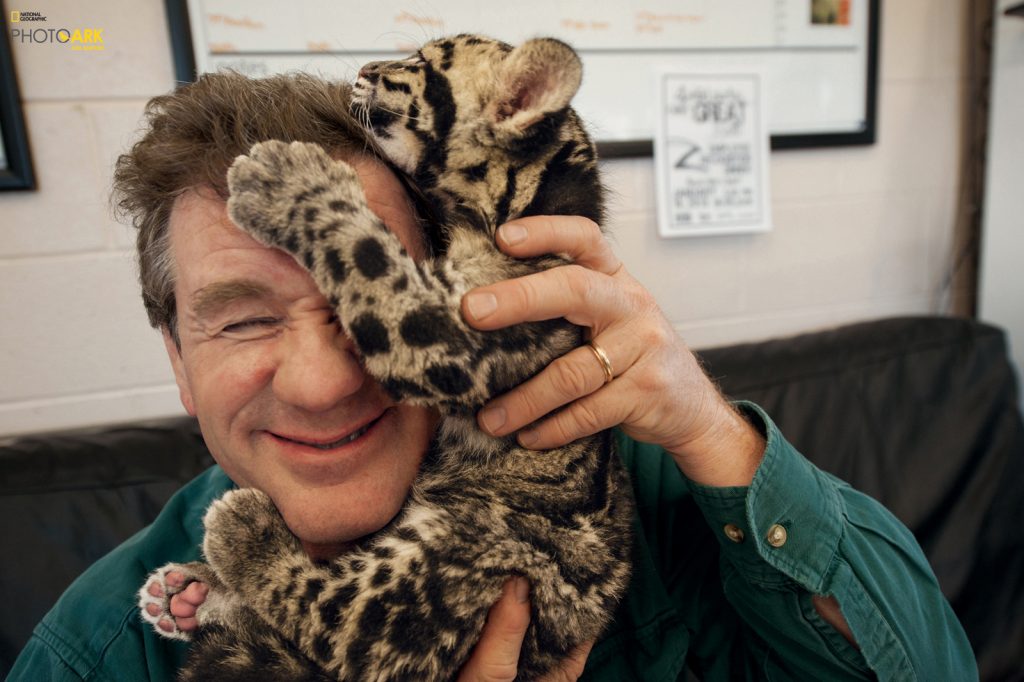The animals came to Noah when he built his ark, but in the National Geographic Photo Ark, photographer and founder, Joel Sartore, goes to the animals in a quest to document every species living in zoos or wildlife sanctuaries with a studio quality portrait. Sartore’s quest began quite innocently in 2005 with a naked mole rat in the Lincoln Children’s Zoo a mile from Sartore’s Lincoln, Nebraska home.
As a National Geographic photographer, Sartore was accustomed to photographing wildlife. He traveled the world, roaming all manner of terrain to capture creatures in their natural habitats, but in 2005 Sartore was needed at home to care for his wife as she underwent treatment for breast cancer. As his wife began to get better, Sartore picked up his camera and headed off to the zoo. Unbeknownst to Sartore at the time, that naked mole rat began a world-wide project designed to create the largest single archive of studio-quality photographs of biodiversity—designed not only to document for future generations, but to also motivate preservation. When complete, this archive will document all 15,000 species living in captivity.
A rare opportunity to come face-to-face with some of the world’s most unusual and endangered species awaits you at the Hansen Museum gallery. Currently on display are more than 40 of Sartore’s captivating animal portraits from National Geographic Photo Ark. It is a compelling visual story, motivating viewers to do more than care. After looking these amazing creatures in the eye, doing little things that make a difference (like recycling) does not seem like too much to ask. Unlike Noah, the Hansen Museum is not limiting entrance; the National Geographic Photo Ark will be on display through August 16, 2020, and all are welcome to come view.





